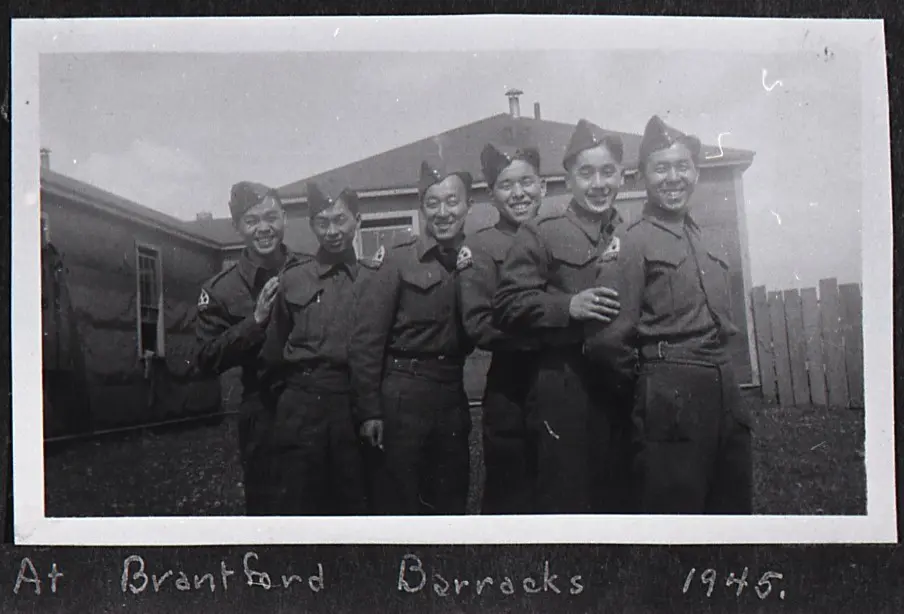
Japanese Canadians
The first Japanese people to be officially recognized in Canada arrived in the country in the late 1870s. Immigration levels increased up to the late 1920s, and Japanese Canadians established thriving businesses, religious spaces and families in their new home.
Since the first arrival in 1877, the Japanese population in Canada has been growing steadily. Despite experiencing racism and dispossession, Japanese Canadians fought to establish their presence and importance in Canadian society.
A new home
Though most Japanese migrants to Canada settled in British Columbia, the Japanese Canadian community also expanded in Ontario. This growth increased after the Second World War. Those who were privileged to do so, such as the Moriyama and Umehara families, documented their new life in Canada through photography.
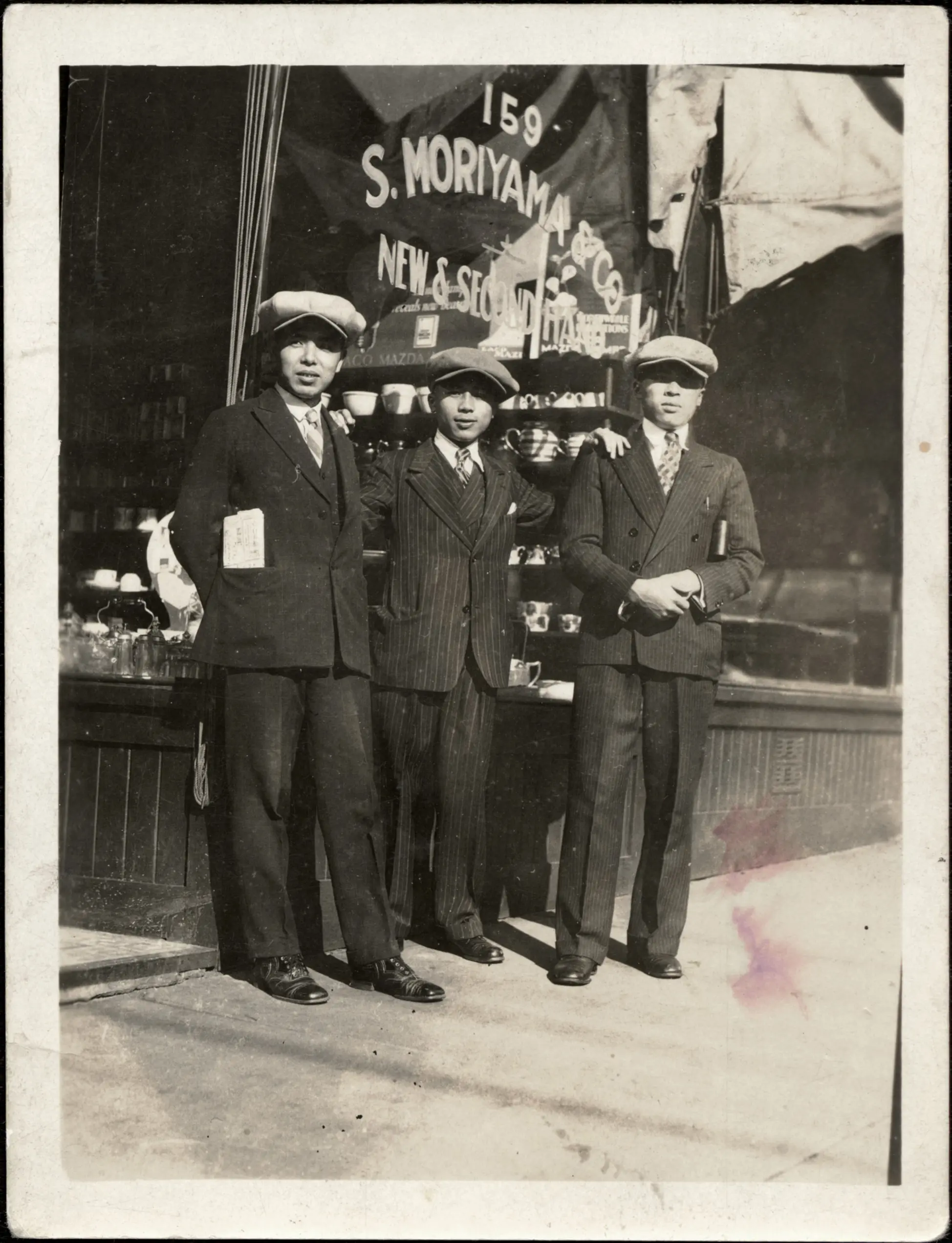
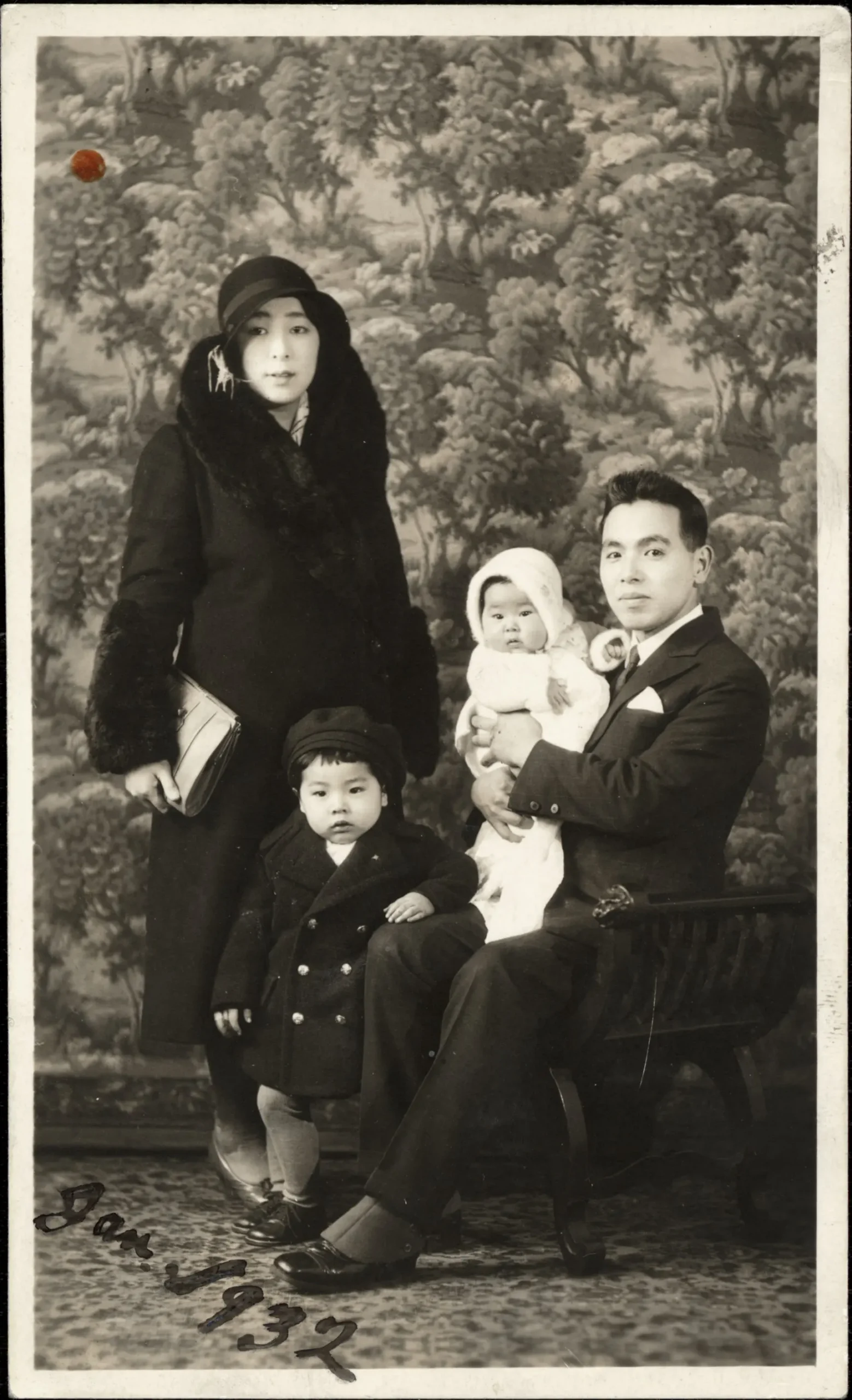
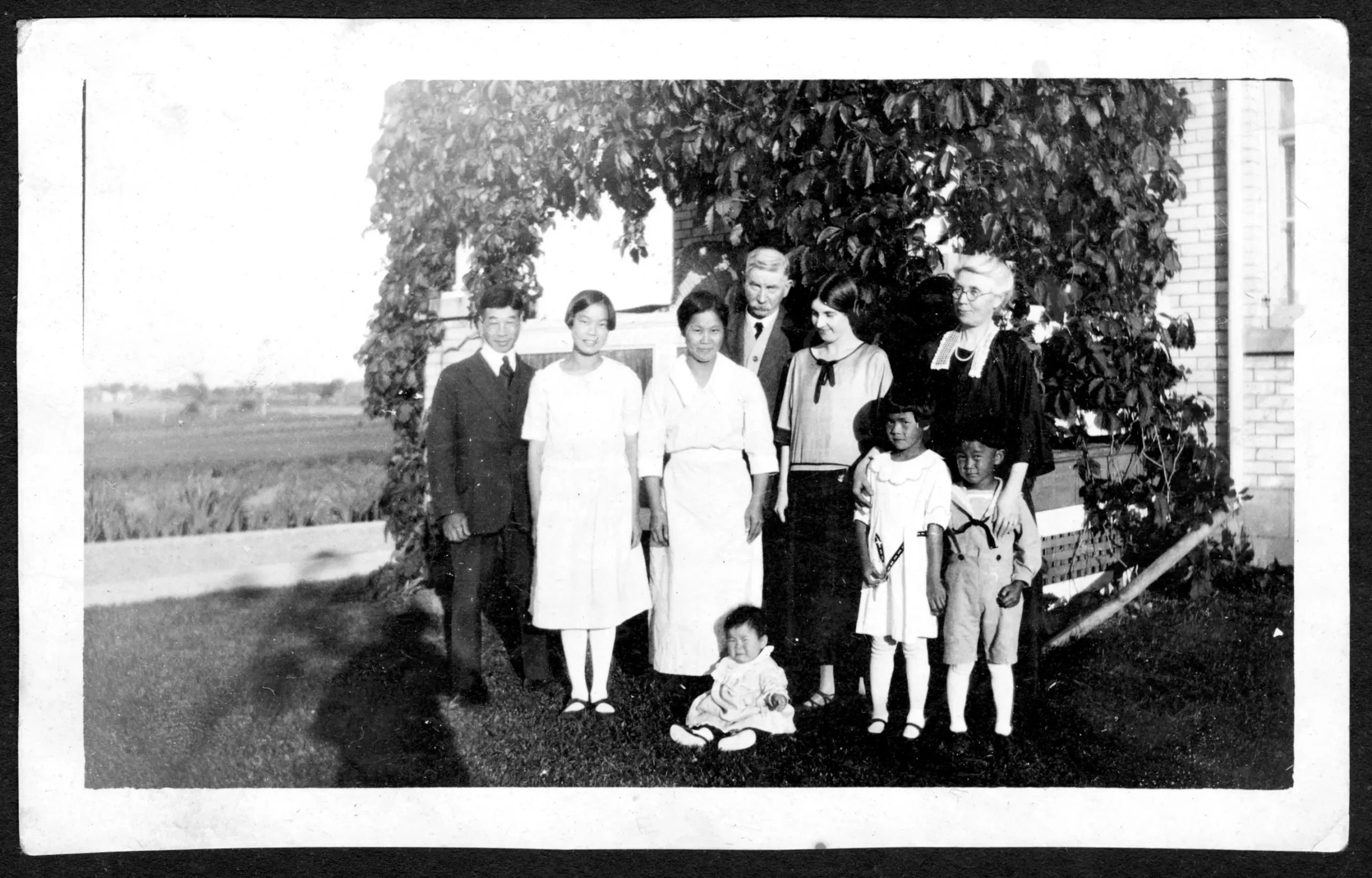
The fight for the vote
Despite facing discrimination and being denied the right to vote, some members of the Japanese Canadian community wanted to fight for Canada in World War One. Many of these Japanese Canadian soldiers belonged to the 10th Battalion, Canadian Expeditionary Force—an important military unit that was formed in 1914. When they returned to Canada, Japanese Canadian veterans lobbied for the right to vote. They were granted permission to vote in British Columbia in 1931. However, it was only in 1948 that all members of the Japanese Canadian community gained this right.
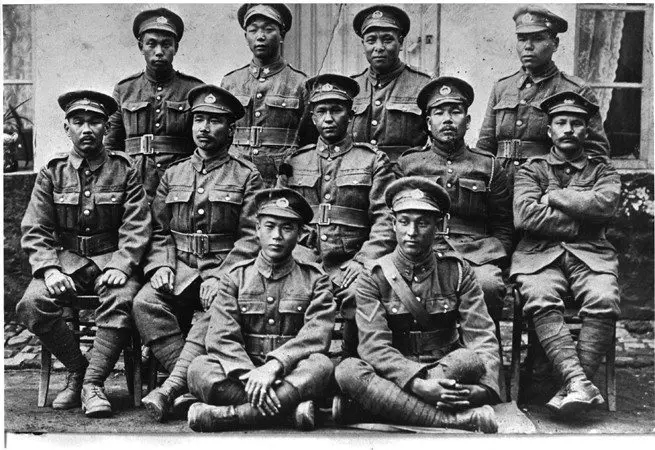
Prisoners of war
In December of 1941, Canada declared war on Japan following the attack on Pearl Harbor. By February of 1942, Japanese Canadians were required to register as “Enemy Aliens.” This meant that their property and personal belongings were taken by the Canadian government. During the Second World War, many Japanese Canadians were sent either to internment camps or to Japan.
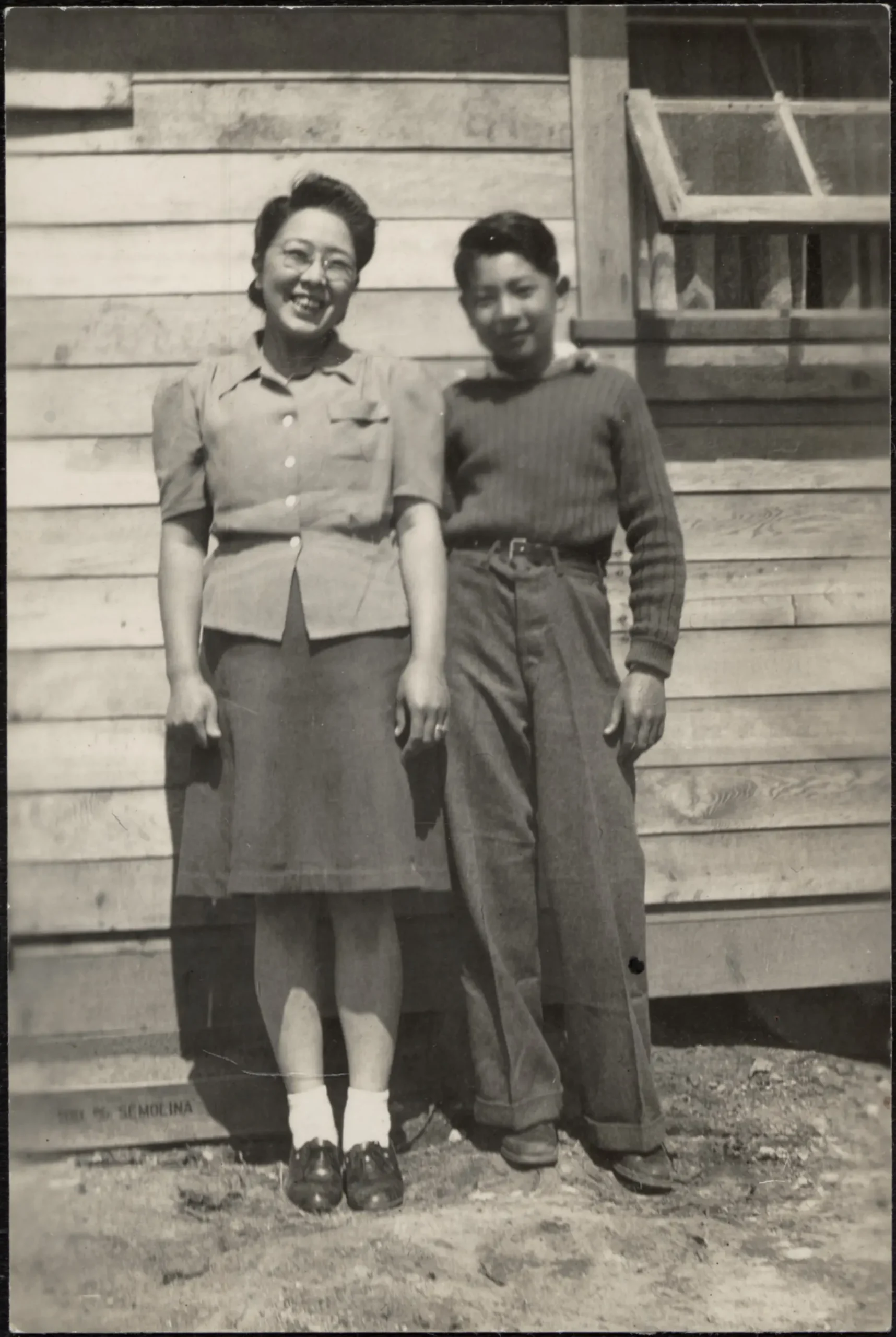
Permission to participate
Many young Japanese Canadian men joined the army at the start of the Second World War in 1939. After the attack on Pearl Harbor in December 1941, Canada declared war on Japan. As a result, Japanese Canadian soldiers were interned. Japanese Canadians who wanted to join the army were also denied the opportunity. In January 1945, the British government asked that Japanese Canadians be allowed to join the army. Even though they were mistreated at the start of the war, around 150 Japanese Canadians volunteered to serve in the Canadian army.
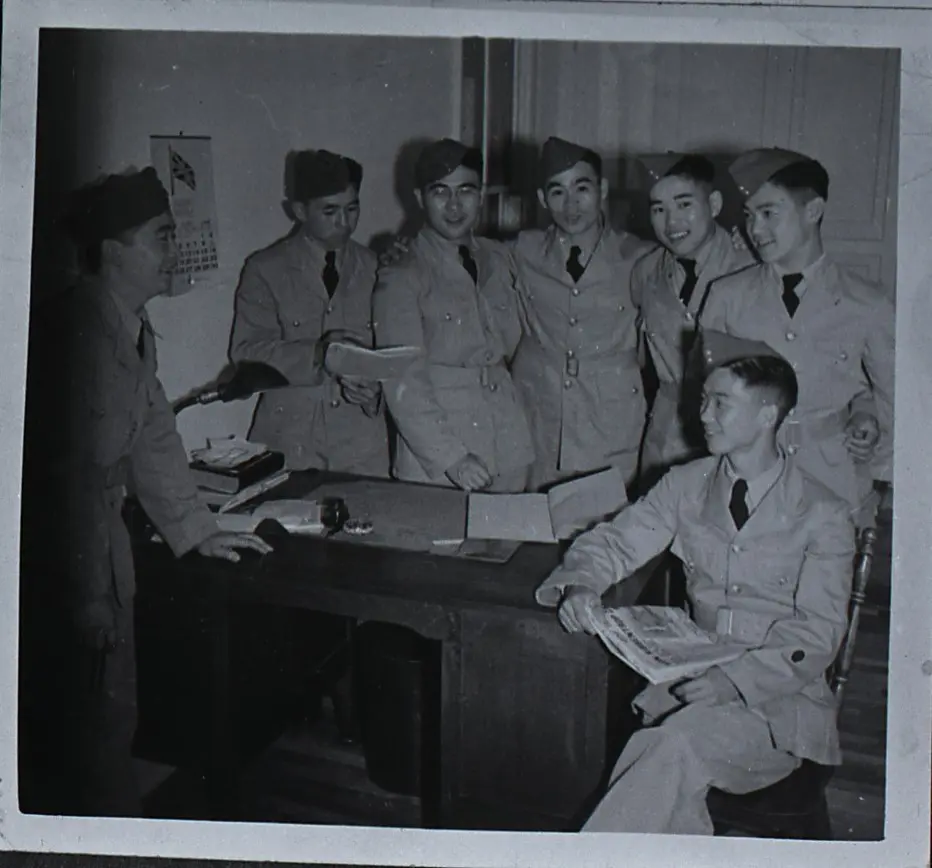
![Jean in [the] armed forces](https://www.archives.gov.on.ca/ao-content/media/uploads/2025/08/I0057255-scaled.webp)

Joy after sorrow
After the end of the Second World War, some Japanese Canadians went back to Japan. Others decided to stay in Canada. The Japanese Canadians who stayed could not return to their homes and businesses. This is because their property and belongings had been seized and sold during the war. Despite these challenges, the Japanese Canadian community managed to rebuild. They grew stronger and made important contributions to Canadian society.
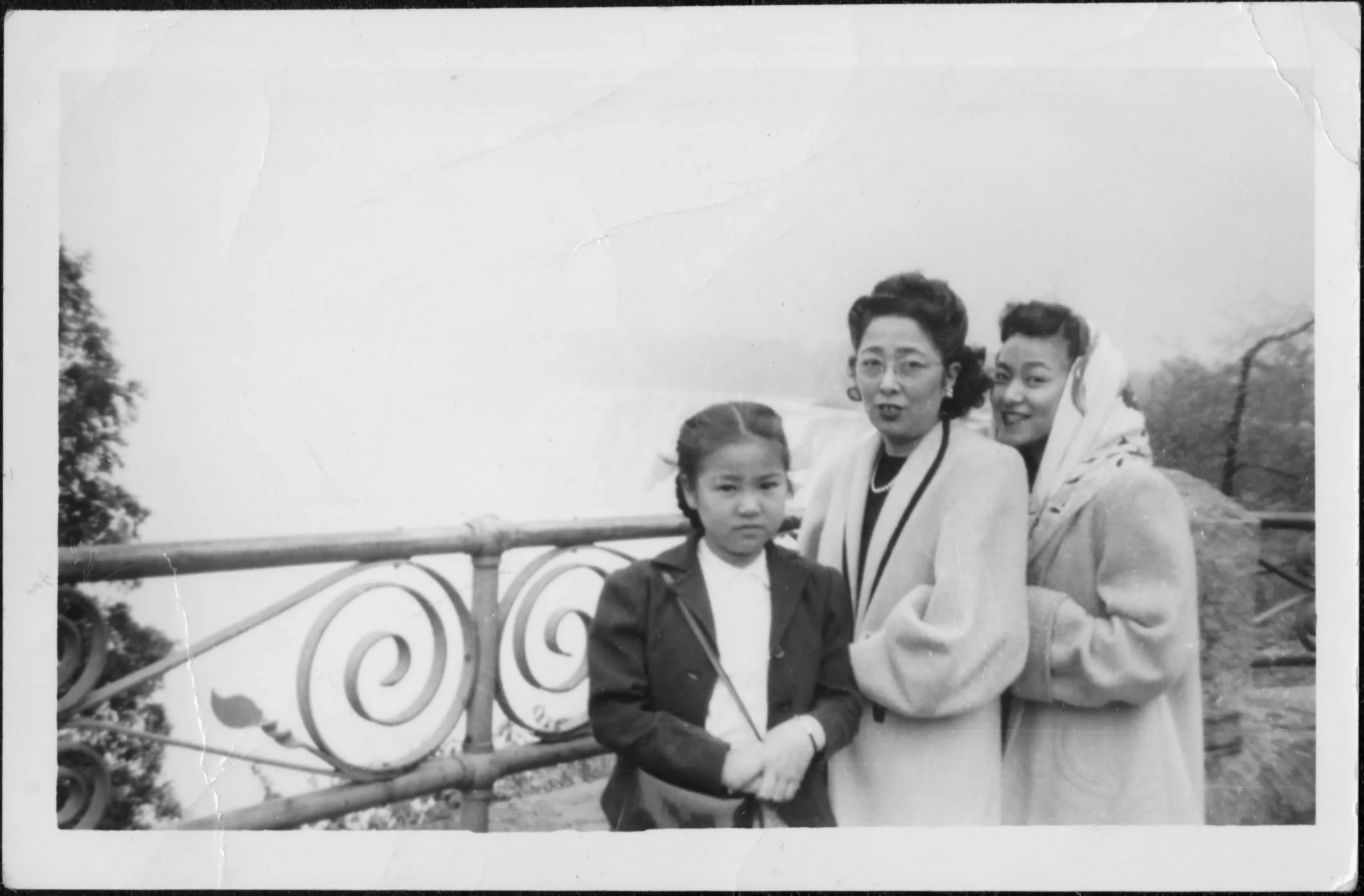
![The [Moriyama] family at Hamilton](https://www.archives.gov.on.ca/ao-content/media/uploads/2025/08/I0058797.webp)
Hidden history spotlight
Raymond Moriyama was a renowned Japanese Canadian architect. In 1970, he co-founded the firm Moriyama Teshima Architects. Their many designs include the Canadian Embassy in Tokyo, the Toronto Reference Library in Toronto, Ontario, and Vari Hall on York University’s Keele Campus in North York, Ontario. The Moriyama and Teshima Architects fonds (F 2187) and the Raymond Moriyama fonds (F 4449), both kept at the Archives of Ontario, document Moriyama’s professional career and the life of a 20th-century Japanese Canadian family.
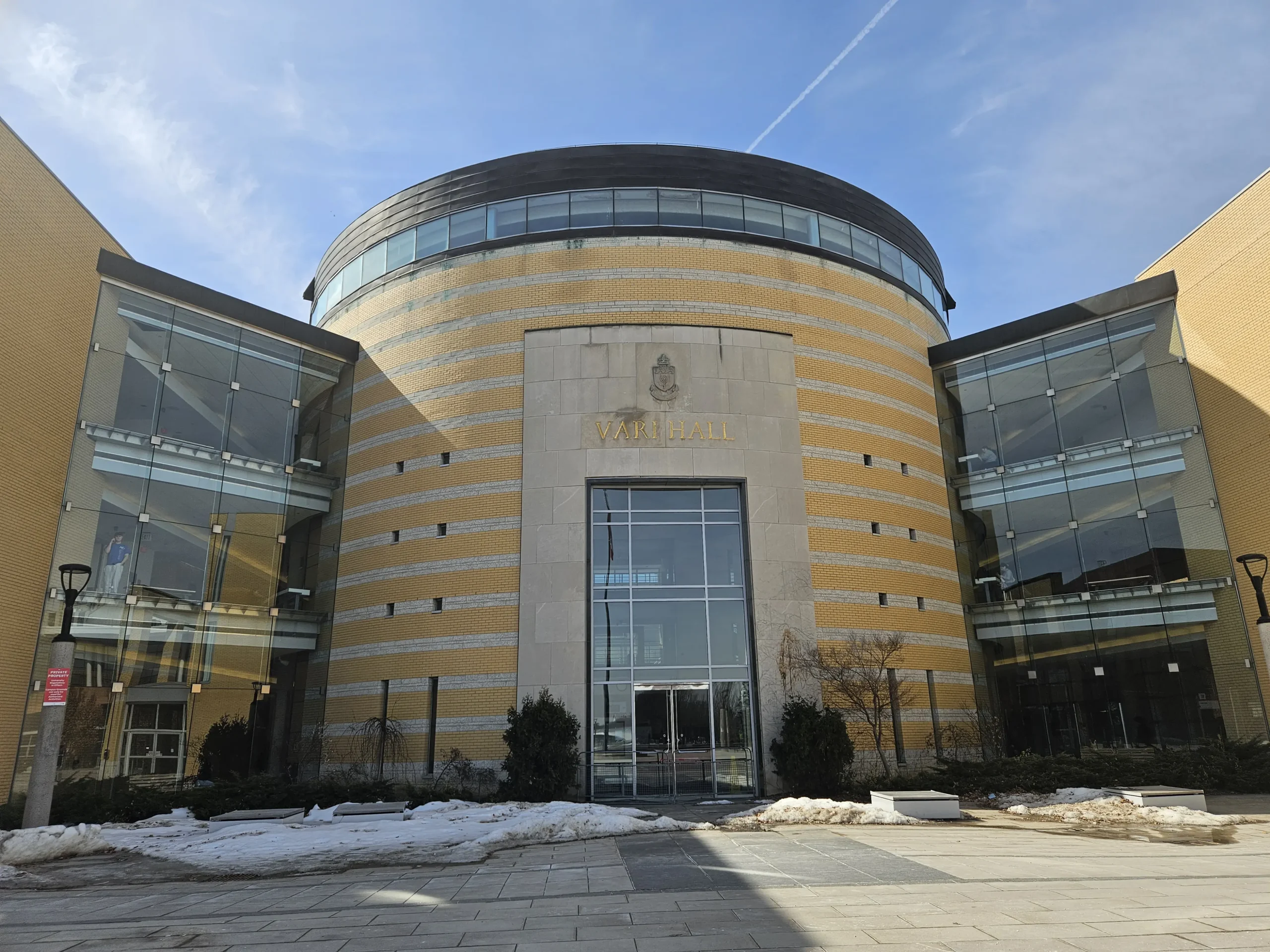
Back to: Exhibit home
Hidden histories in the Archives: Ontario and the World Wars
Next up: Chapter 02
Black Canadians
Looking for more records?
Search our collection